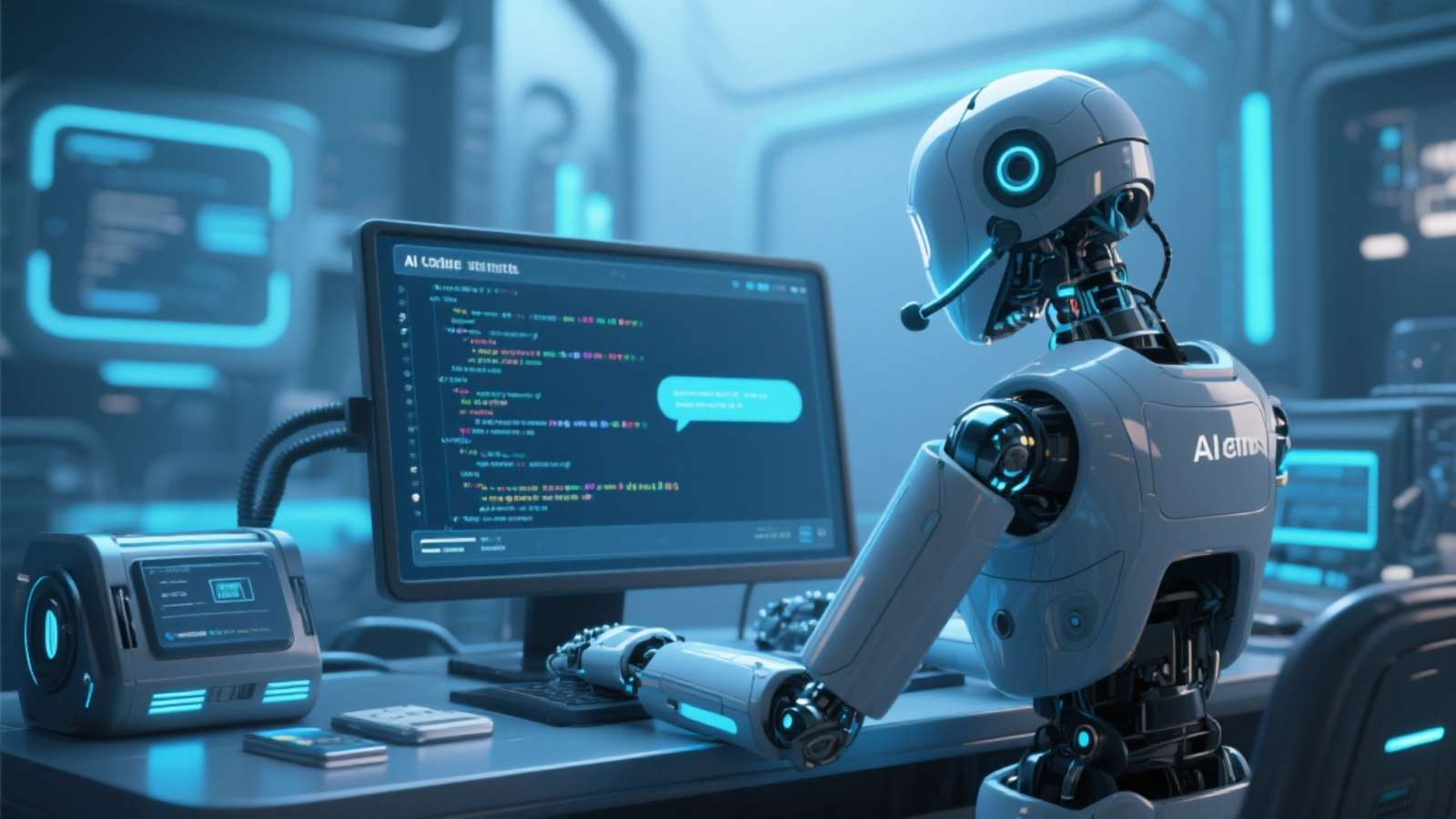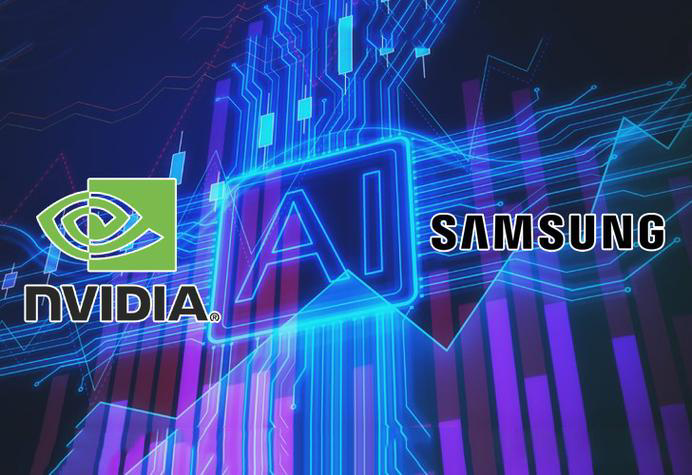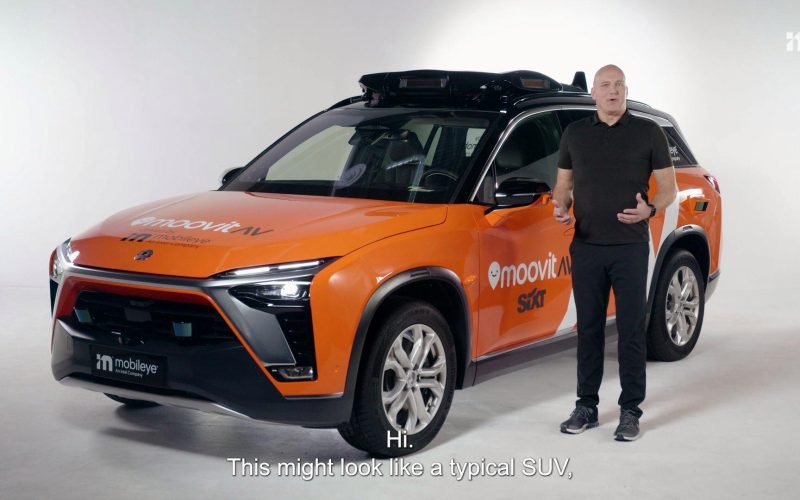The question on many minds is stark: if artificial intelligence increasingly automates tasks, what meaningful work will remain for people? Recent research paints a mixed picture — one that combines disruption with opportunity. A McKinsey study cited in recent coverage suggests significant displacement by generative AI: by 2030 up to roughly 27 percent of jobs in Europe and 30 percent in the United States could be affected. That scale of change is comparable to earlier waves of automation but appears to be arriving faster, compressing a decade of expected transition into a much shorter window.

History offers useful perspective. When new technologies arrive, routine tasks are the first to change: clerical processing, repetitive manufacturing steps, standardized customer-service queries. Bank automation in the 2010s already removed many teller and back‑office roles; a decade ago, some institutions forecast steep reductions in retail banking headcount. At the same time, technology created entirely new functions: roles that did not exist a generation ago now power digital services, cloud platforms and data‑driven business models.
So which jobs will be most resilient — and which will expand? Two broad themes emerge. First, areas that require deep domain expertise and advanced problem solving are likely to remain in demand. McKinsey and other analysts point to growth in STEM fields and biomedical research as prime examples. Innovations in life sciences, AI product development, materials, and energy technologies generate high‑skill openings that are difficult to fully automate. Second, roles centered on human relationships, complex judgment, creativity and ethical decision‑making will retain value. Healthcare practitioners, educators, senior managers, therapists, and many creative professionals blend technical knowledge with human empathy and context awareness in ways that are hard to replicate.
The study also estimates that technological change will spawn new jobs: millions of roles tied to maintaining, deploying and improving AI systems, as well as jobs that serve emerging industries. Practical examples include data engineers, model verification specialists, AI safety auditors, and operators for hybrid human‑AI workflows. Jobs that require on‑the‑ground physical dexterity and adaptability — in maintenance, construction, and certain trades — also remain important, especially where environments are unpredictable.

A useful way to think about employability in coming years is not by traditional majors but by skill clusters. McKinsey categorizes work into broad skill groups; across every field, a mix of five capabilities tends to matter most. These can be summarized as:
- Analytical and critical thinking: the ability to interpret complex information, synthesize insights and make sound decisions.
- Digital and technical literacy: practical familiarity with data, computation, automation tools and how to orchestrate human–machine collaboration.
- Social and emotional skills: communication, persuasion, empathy and teamwork — capacities that sustain customer relations, leadership and care work.
- Creativity and design: generating original ideas, reframing problems and crafting novel user experiences or services.
- Adaptability and continuous learning: the willingness and habit to retrain, unlearn outdated methods and acquire new skills rapidly.
Possessing combinations of these skills will make workers more resilient than adherence to a single narrow specialization. For example, a nurse who gains data‑analytics fluency can lead clinical AI deployment in a hospital; a mechanic skilled in diagnostics and robotics will oversee fleets of automated vehicles. Cross‑disciplinary competency — domain expertise complemented by technological and interpersonal abilities — is a powerful hedge.
What should individuals, employers and policymakers do? Workers should emphasize lifelong learning: short courses, micro‑credentials, and project‑based experience that bridge discipline knowledge with digital tools. Employers must invest in internal reskilling programs and redesign roles to pair human strengths with automated systems rather than simply replace people. Governments and educators should expand access to high‑quality technical and vocational training, update social safety nets, and encourage mobility into growing sectors like biotech, AI governance and green tech.
The economy will not shift uniformly. Some regions and industries will experience rapid turnover while others evolve more slowly. That unevenness underscores the need for proactive strategies: early retraining, portable credentials that signal competencies to employers, and public‑private partnerships to scale job transitions.
Ultimately, AI’s disruption is substantial but not totalizing. Machines excel at processing, pattern matching and automating repetition; humans continue to bring context, ethical judgment, creativity and interpersonal connection. The winners in the next decade will be those who combine human strengths with technical fluency, continuously adapt, and focus careers around problems that require judgment, imagination and trust. For workers and organizations willing to pivot, the AI era promises not just job loss but the emergence of new, meaningful ways to contribute and create value.
















暂无评论内容